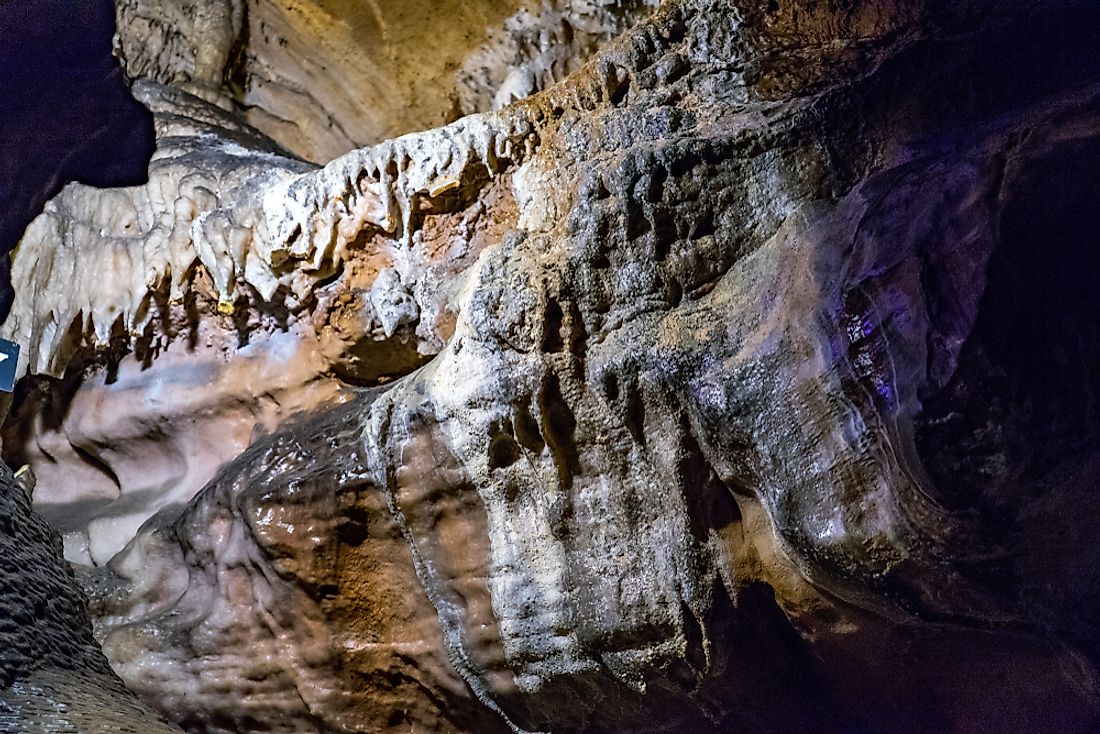What Is The Tennessee State Amphibian?

The Tennessee cave salamander is the state amphibian of Tennessee. It was awarded the official status by Public Chapter 367 of the 99th General Assembly in 1995. The amphibian is extremely sensitive to polluted rivers and streams and can only be found in uncontaminated sources. The IUCN classifies the species as vulnerable due to the degradation of water bodies, siltation, flooding, pollution, and sinking of sinkholes. Their habitat is limited to about two dozen sites, but a majority are found in cave systems. The largest population is found in Custard Hollow Cave in Tennessee, but their population is declining. For this reason, the IUCN and the National Park Service spearhead the protection of watersheds and streams that drain into the caves.
Characteristics of the Salamander
The coat color of the Tennessee cave salamander varies from nearly white to pinkish, purplish, or dark brown with spots. They have three external gills, a flat, broad head, a tail fin, and small lidless eyes. They measure between 4 and 9 inches and inhabit the southern Cumberland Plateau and Appalachian Mountain ranges in Alabama, Georgia, North Carolina, and south-central Tennessee. They prefer the dark, undisturbed caves but they can be found in marshy areas. The salamanders feed on amphipods and small aquatic invertebrates. They are paedomorphic, meaning that they remain at the larval stage throughout their lifespan, but a few individuals may undergo complete metamorphosis. Their reproduction process is poorly known, but their reproductive organs develop within the body. It is believed that they lay eggs in water or moist locations just like other species of salamanders. The larvae develop in water and breaths through external gills.
Conservation Status
A survey conducted between 1995 and 1999 revealed that five of the twelve caves expected to be inhabited by the salamander in Tennessee were uninhabited although the caves provided a suitable environment for the species to thrive. Salamanders were relocated to these caves in a bid to expand their habitat. Despite efforts by the National Park Service and conservation groups, the IUCN classifies the salamander as vulnerable. Much of their habitat is located in protected federal or state parks, but their decline is attributed to global warming, pollution, environmental degradation, siltation, and flooding.











